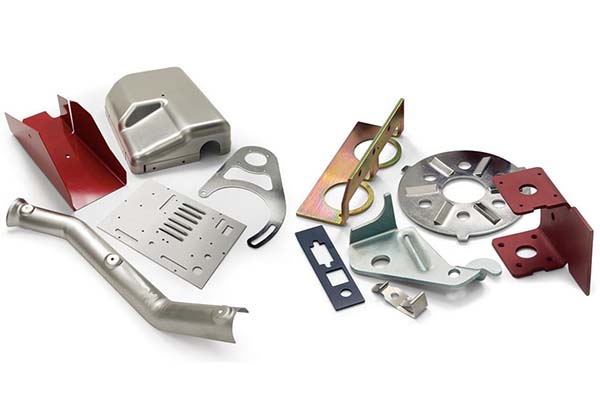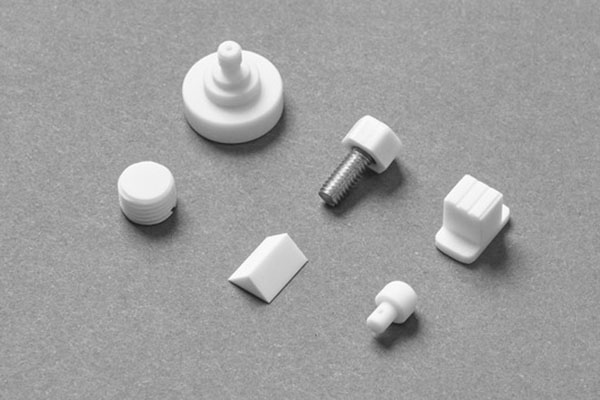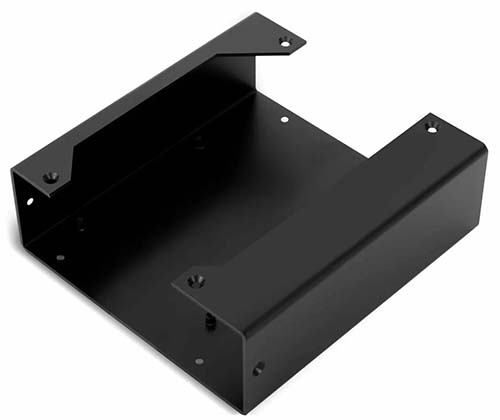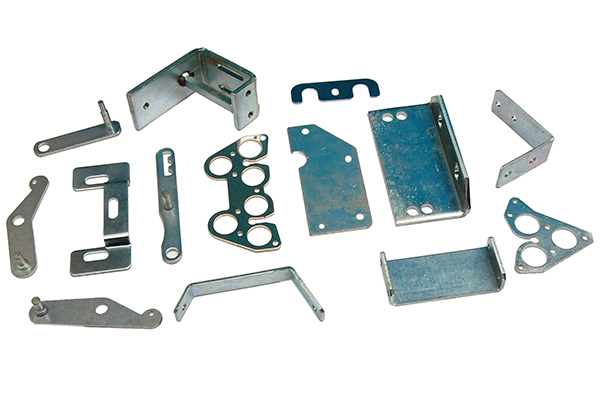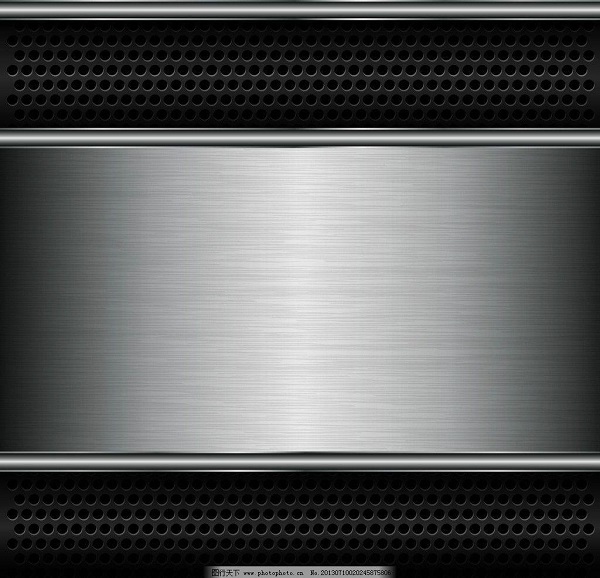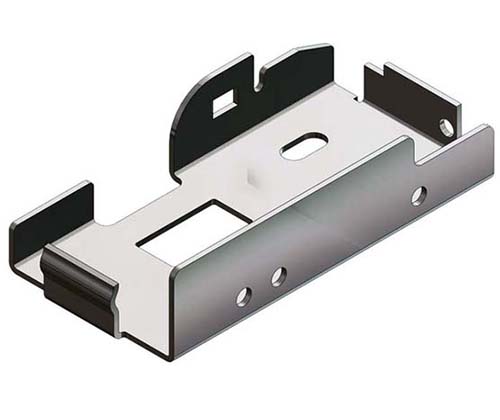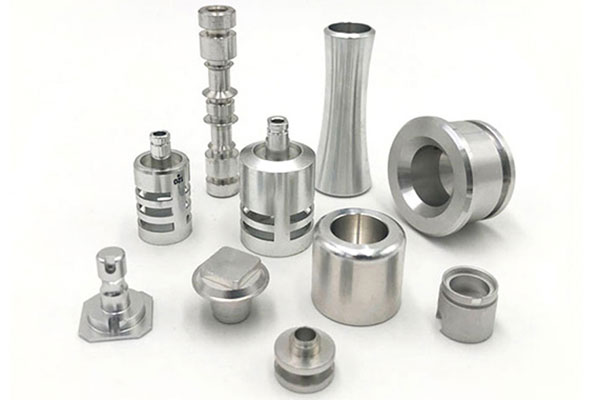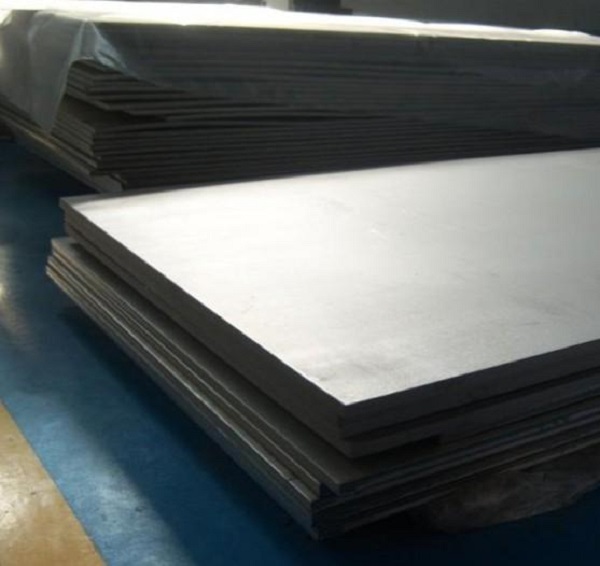Introduction
Sheet metal roll plays a crucial role in various industries, serving as a fundamental material in manufacturing processes. It is widely used in automotive, construction, aerospace, and many other fields. The ability to transform flat sheets of metal into various shapes and forms through rolling is the key to creating countless products that we use in our daily lives. From the body panels of cars to the structural components of buildings, sheet metal roll provides the necessary strength, durability, and flexibility. However, choosing the right sheet metal roll, understanding its manufacturing process, and dealing with potential issues can be challenging. In this article, we will explore different aspects of sheet metal roll to help you make informed decisions and solve related problems.
What is Sheet Metal Roll?
Definition
Sheet metal roll, also known as rolled sheet metal, refers to metal that has been processed through a rolling mill to form a continuous, flat, and thin - walled product in a roll shape. The rolling process involves passing the metal between a series of rollers, which gradually reduces the thickness of the metal and increases its length, while also improving its mechanical properties such as strength and hardness. Metals commonly used for sheet metal roll include steel, aluminum, copper, and their alloys. These sheets can have a wide range of applications due to their malleability, corrosion resistance, and electrical conductivity, depending on the type of metal.
Basic Structure
The basic structure of a sheet metal roll mainly consists of the rolled metal sheet itself and the core around which it is wound. The key components are the rollers in the rolling process. Here are some common parameters of rollers in different specifications presented in a table:
| Roller Parameter | Specification 1 | Specification 2 | Specification 3 |
| Material | High - carbon steel | Alloy steel | Tungsten carbide - coated alloy steel |
| Diameter (mm) | 200 | 250 | 300 |
| Length (mm) | 1000 | 1200 | 1500 |
| Surface Hardness (HRC) | 50 - 55 | 55 - 60 | 60 - 65 |
High - carbon steel rollers are relatively cost - effective and suitable for general - purpose rolling of common metals. Alloy steel rollers offer better wear resistance and strength, which are often used for rolling metals with higher strength requirements. Tungsten carbide - coated alloy steel rollers have extremely high wear resistance and hardness, making them ideal for rolling hard and abrasive metals or for high - precision rolling processes.
Types of Sheet Metal Roll
There are mainly two types of sheet metal roll: cold - rolled and hot - rolled, each with its own unique characteristics and applications.
Cold - Rolled Sheet Metal
Cold - rolled sheet metal roll is produced by rolling metal sheets at room temperature. This process gives it several distinct advantages:
- Smooth Surface: Cold - rolled sheet metal has an extremely smooth surface finish. The surface roughness can be as low as 0.1 - 0.5μm, which is much smoother compared to hot - rolled sheet metal. This smooth surface makes it ideal for applications where aesthetics matter, such as in the manufacturing of household appliances. For example, the outer shells of refrigerators and washing machines are often made of cold - rolled sheet metal due to its sleek appearance.
- High Precision: It offers high dimensional accuracy. The thickness tolerance can be controlled within ±0.03mm for common specifications, ensuring consistent quality in manufacturing. This precision is crucial in the automotive industry, where parts need to fit together precisely. Components like car body panels are made from cold - rolled sheet metal to meet the strict requirements of vehicle assembly.
- Improved Mechanical Properties: Cold - rolling enhances the strength and hardness of the metal. The yield strength of cold - rolled steel can be 20 - 50% higher than that of its hot - rolled counterpart, depending on the steel grade. This makes it suitable for applications that require high - strength materials, such as in the construction of high - rise buildings for structural support components.
Common applications of cold - rolled sheet metal include:
- Automotive Industry: Used for manufacturing car body panels, engine parts, and interior components.
- Electronics: Employed in the production of electronic device enclosures, such as computer cases and mobile phone frames.
- Home Appliances: As mentioned before, for making the outer shells and internal components of various home appliances.
Hot - Rolled Sheet Metal
Hot - rolled sheet metal roll is manufactured by rolling metal at high temperatures, typically above its recrystallization temperature. Its characteristics are as follows:
- Lower Cost: The production process of hot - rolled sheet metal is relatively simpler and more energy - efficient compared to cold - rolling. As a result, it generally costs 10 - 30% less than cold - rolled sheet metal of the same material and thickness, making it a more cost - effective choice for large - scale applications.
- Good Formability: Hot - rolled sheet metal has excellent formability at high temperatures. It can be easily shaped into various complex forms, such as large - diameter pipes and wide - width plates. This property makes it suitable for applications in the construction industry, where large - scale structural components are required.
- Scaly Surface: One of the drawbacks of hot - rolled sheet metal is its scaly surface, which is caused by the oxidation of the metal during the high - temperature rolling process. The surface scale needs to be removed through processes like pickling before further processing.
In comparison with cold - rolled sheet metal, hot - rolled sheet metal is less precise in dimensions and has a rougher surface. However, its cost - effectiveness and formability make it a preferred choice for applications where high precision and smooth surface are not the top priorities. Common applications of hot - rolled sheet metal are in the construction of large - scale infrastructure projects, such as bridges and large industrial buildings, as well as in the manufacturing of large - diameter pipes for the oil and gas industry.
Applications of Sheet Metal Roll
Sheet metal roll has a wide range of applications across multiple industries due to its versatility and favorable properties.
Automotive Industry
In the automotive industry, sheet metal roll is used extensively. For example, car body panels are mainly made from sheet metal roll. The smooth surface and high precision of cold - rolled sheet metal roll are crucial for ensuring the aesthetic appearance and proper fit of body parts. Engine parts such as engine covers and some internal components also utilize sheet metal roll. According to industry statistics, for every standard - sized passenger car produced, approximately 150 - 200 kilograms of sheet metal roll is consumed. In 2023, the global automotive production reached around 85 million units. This means that the automotive industry's demand for sheet metal roll amounts to millions of tons annually, highlighting its significant role in this industry.
Construction Industry
In the construction field, sheet metal roll is applied in various aspects. Metal roofs are often made of sheet metal roll, especially in industrial buildings and some modern - designed residential houses. For instance, in large - scale industrial parks, the roofs of factory buildings are commonly constructed using hot - rolled sheet metal roll due to its cost - effectiveness and good formability. Sheet metal roll is also used for exterior wall cladding in some high - rise buildings. A well - known example is the [Name of a famous building]. The exterior walls of this building use aluminum sheet metal roll, which not only provides a modern and sleek appearance but also has excellent corrosion - resistance, ensuring the building's durability for a long time.
Yigu Technology's View
As a non - standard plastic metal products custom Supplier, Yigu Technology has witnessed the growing demand for sheet metal roll in various industries. The market is showing a trend towards more customized solutions. Customers from the automotive and construction sectors, for example, often require sheet metal roll with specific thicknesses, surface finishes, and mechanical properties to meet their unique project requirements.
In terms of product innovation, we believe that there is great potential in developing sheet metal roll with enhanced corrosion - resistance, especially for applications in harsh environments like marine and chemical industries. Also, the integration of new manufacturing technologies, such as 3D printing combined with traditional rolling processes, could open up new possibilities for creating complex - shaped sheet metal products with higher precision and efficiency. By staying attuned to these market demands and investing in R & D, we aim to provide more value - added sheet metal roll products and services to our customers.
FAQs
Q1: How to distinguish the quality of sheet metal roll?
To distinguish the quality of sheet metal roll, first, check its appearance. High - quality sheet metal roll should have a uniform color, no obvious scratches, dents or cracks on the surface. Second, ask for the material certificate. It should clearly state the metal composition, mechanical properties such as tensile strength, yield strength, which can help you judge whether it meets your requirements. Third, conduct a simple bending test. Bend a small piece of the sheet metal roll by hand. If it cracks easily, it may indicate poor quality.
Q2: What are the common problems in the use of sheet metal roll?
Common problems include surface scratches, which may occur during transportation or processing. To prevent this, proper protective measures like using anti - scratch packaging materials should be taken. Another problem is deformation. If the sheet metal roll is not stored properly or over - stressed during processing, it may deform. Storage in a flat and dry environment and following the correct processing procedures can reduce the risk of deformation. Rust is also a common issue, especially for steel sheet metal roll in humid environments. Applying anti - rust coatings can effectively solve this problem.
Q3: Can sheet metal roll be recycled?
Yes, sheet metal roll is highly recyclable. The recycling process generally involves collecting the used sheet metal roll, sorting it by metal type, and then melting it in a furnace. After melting, the metal can be refined and recast into new sheet metal rolls or other metal products. Recycling sheet metal roll not only helps to save natural resources but also reduces energy consumption in metal production. For example, recycling aluminum sheet metal roll can save up to 95% of the energy required to produce new aluminum from bauxite ore.
